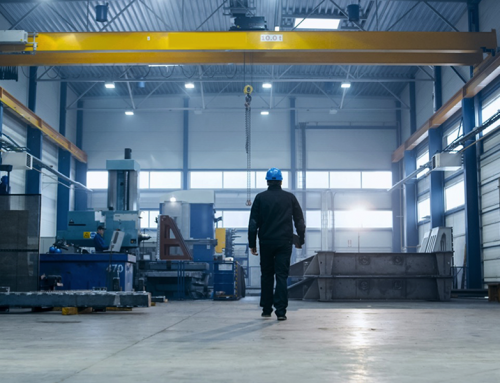In a study of nearly 300 manufacturers who were committed to Lean, The Aberdeen Group found that 80% of Lean initiatives fell short. Now we know why.
Having reinvigourated, resussitated, and rescued many a Lean initiative over the years, it all boils down to this:
We ignore the WILL of the people
What do I mean by “the will?” If you’ve ever been on a winning team, you know what I mean. If you’ve ever achieved something even you didn’t think was possible, you know what I mean. If you’ve ever built something great with a group of committed individuals at work or at play…you know what I mean.
Your heart and mind was engaged. You and your team were functioning at a high level. You were winners! You had the will.
The team who brought home the astronauts on Apollo 13 didn’t break out a continuous improvement model. They didn’t have to. They had something way more powerful than that. They had the WILL to bring their friends home.
Creating “the will” in your people is easier than you think.
Most continuous improvement experts have “drank the cool-aid” about their particular model. Each expert has seen, sometime and somewhere, where their model delivered remarkable results. Many of these same experts fail to mention that 80% of the time the initiative failed to meet expectations. As long as the experts don’t talk about it, they don’t fix it.
You see, most experts put all their energy into the tool itself.
Almost all the Continuous Improvement models in the past couple of decades are good tools. MBO, MBWA, FAIR, Lean, Six Sigma, 5 S, KAIZAN, TQM, SL, SLII, Just In Time, Re-engineering, Time and Motion Studies, ISO 9000… the list goes on… just look at all the books on your business bookshelf.
It doesn’t matter which model you use… they all can work.
It is not the model that makes the change.
It is the people using the tools that make the change.
If the workers have the WILL to make the model succeed, remarkable results will happen. If the very same folks don’t have the WILL, then it will fail. No surprises here.
So create the will!
How? By shaping and rewarding the right behaviours in your crew members! Marry the Continuous Improvement model of the day with a very simple application of a scientifically proven and predictable model for human behavior change. Quite simply: Use the science of human behavior to create the will in your people. We understand why people do what they do. We know how to shape humans’ behaviours. Human behavior (believe it or not), is really not that complicated. Here’s a very quick snapshot.
- Humans do what’s rewarded.
- Humans stop doing what’s penalized.
- Humans stop doing what’s ignored.
The problem in organizations is that we often inadvertently reward (and thereby, get more of) the wrong behaviors. My favorite common, classic example of this is when we give special (well-deserved?) recognition to the maintenance man for coming in at 2:00am to get a critical machine back up and running. Shouldn’t we be recognizing the maintenance man whose machine seems to always work… the same guy we DON’T have to pay overtime because his equipment never goes down? Now that’s well-deserved!
I don’t know how often I have heard from COO’s/CEO’s that they are currently using (((insert model of the day here))), they don’t know if they have room for an additional model, but are ultimately disappointed that their current initiative is too slow or not delivering the results hoped for.
If you want your Lean, CI, KAIZAN or whatever program to work… use the science of human behavior to create the WILL in your people.
The truth is that when people have the WILL to do something…. almost anything can be done. The 20% of Continuous Improvement Initiatives that delivered the desired results didn’t succeed because of the model of the day. The remarkable success was because those involved wanted it to work… they had the will.
I have yet to see a Continuous Improvement Program fail when the science of human behavior is working at the same time to shape the desired behaviours, in other words, to create the will.







